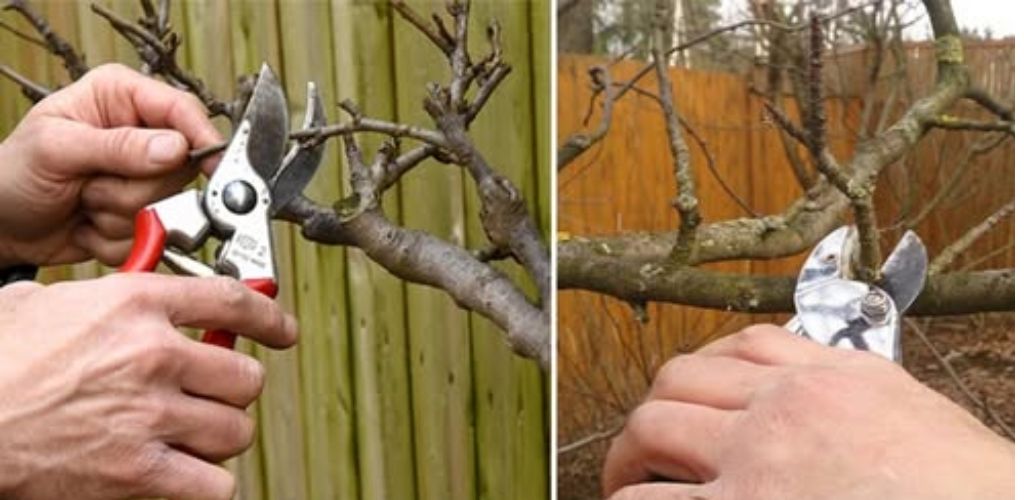06.03.2025
How to prune fruit trees
Pruning fruit trees is a crucial practice for maintaining their health, productivity, and shape. It can seem intimidating, but by understanding the basic principles, you can confidently prune your trees. Here’s a comprehensive overview:
Why Prune Fruit Trees?
- Increased Fruit Production: Pruning encourages the development of fruit-bearing spurs and allows sunlight to reach the inner branches, which is essential for fruit ripening.
- Improved Tree Health: Removing dead, diseased, or damaged branches prevents the spread of disease and promotes overall tree health.
- Shaping and Size Control: Pruning helps maintain a manageable tree size and shape, making harvesting easier.
- Enhanced Air Circulation: Open canopies reduce the risk of fungal diseases by improving air circulation.
When to Prune:
- Dormant Pruning (Late Winter/Early Spring):
- This is the most common time for pruning most fruit trees (apples, pears).
- It stimulates vigorous growth.
- It’s easier to see the tree’s structure without leaves.
- Summer Pruning:
- Best for stone fruits (peaches, plums, cherries, apricots).
- Helps control growth and shape.
- Can encourage fruit bud development.
- It is also useful for slowing the growth of very vigorous trees.
Tools You’ll Need:
- Hand Pruners: For small branches (up to 1/2 inch).
- Loppers: For larger branches (up to 1-2 inches).
- Pruning Saw: For thick branches (over 2 inches).
- Gloves: To protect your hands.
Basic Pruning Principles:
- Remove the 3 D’s:
- Dead: Remove any dead branches.
- Diseased: Remove any diseased branches.
- Damaged: Remove any broken or injured branches.
- Open the Canopy:
- Remove crossing branches that rub against each other.
- Thin out the center of the tree to allow sunlight and air to penetrate.
- Prune for Shape:
- Maintain a desired shape (e.g., central leader, open center).
- Encourage outward growth.
- Remove Suckers and Water Sprouts:
- Suckers are shoots that grow from the base of the tree.
- Water sprouts are vigorous vertical shoots that grow from branches.
Specific Pruning Techniques:
- Thinning Cuts:
- Remove entire branches back to their point of origin.
- Promotes light penetration and air circulation.
- Heading Cuts:
- Shorten branches by cutting them back to a bud.
- Stimulates branching and bushier growth.
- Always cut just above a bud, and try to make the cut at a slight angle.
Important Considerations:
- Tree Type: Different fruit trees have different pruning requirements. Research the specific needs of your trees.
- Tree Age: Young trees require formative pruning to establish a strong framework, while mature trees need maintenance pruning.
- Sharp Tools: Use sharp, clean tools to make clean cuts and prevent disease.
- Don’t Over-Prune: Excessive pruning can stress the tree.
Where to Find More Information:
- Local agricultural extension offices.
- Reliable gardening websites and books.
By following these guidelines, you can effectively prune your fruit trees and enjoy a bountiful harvest.
